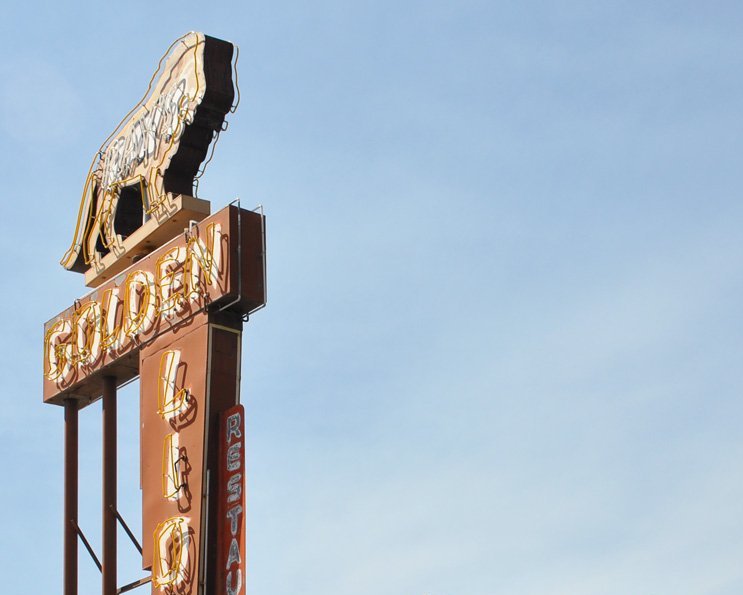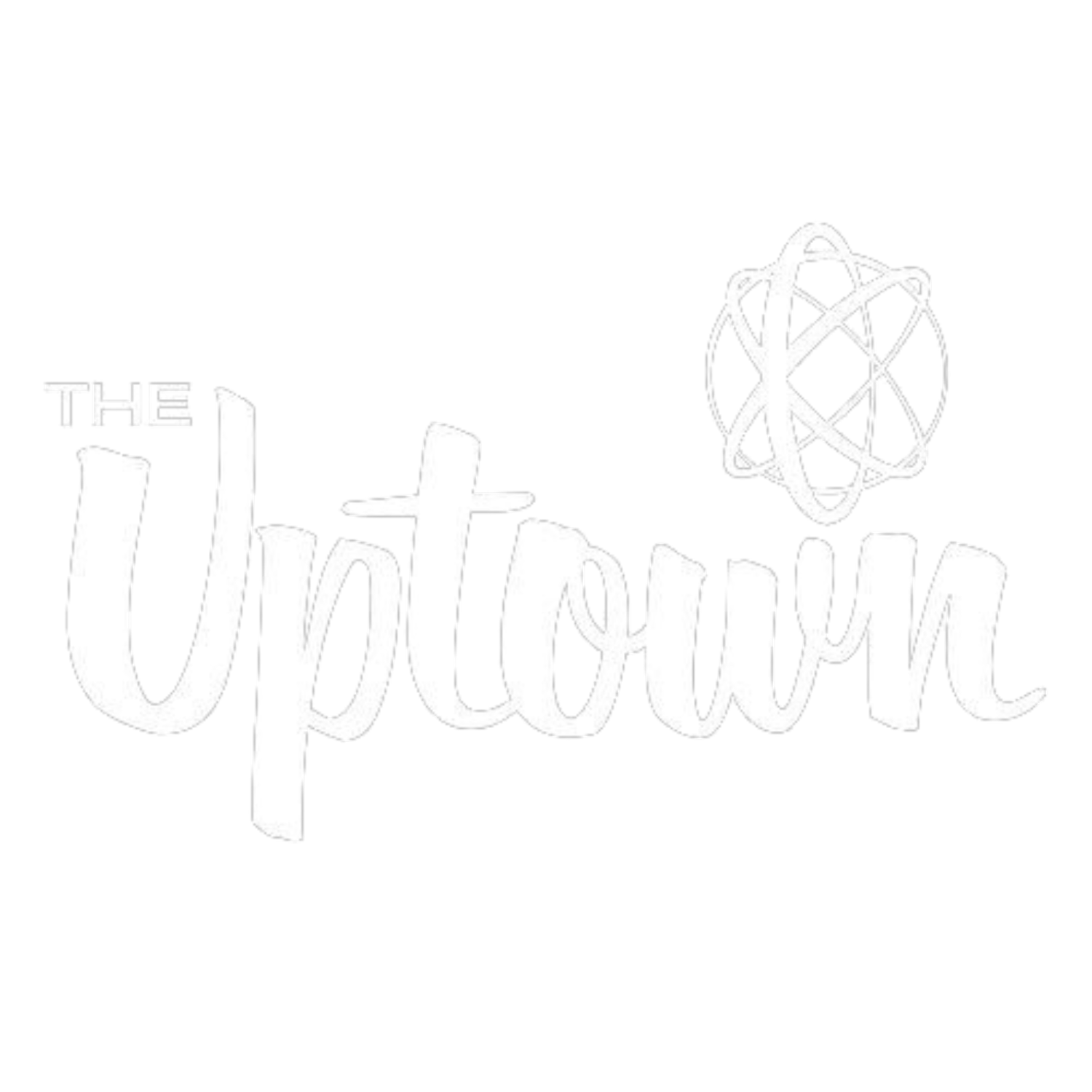
Richland’s Cultural Hub
The Uptown Shopping Center first welcomed customers in 1949 and was one of the first car-oriented shopping malls constructed in the United States. Although the Manhattan Project officially ended in 1947, the Hanford Site continued producing plutonium throughout the Cold War.
Between 1940 and 1945, the population of Richland grew from 250 to about 15,000 residents. The government built approximately 2,500 standardized homes to house the thousands of new residents. Richland’s existing downtown was reconfigured into a modest shopping district for this new, walkable village.
Although additional retailers came to Richland during the Manhattan Project, the temporary nature of the project, coupled with limited planning for retail space, led to complaints. Many residents spent their money in Pasco or Walla Walla’s more extensive shopping districts. Then the Cold War changed everything, creating a long-term demand for plutonium to fuel the US nuclear weapons program—and for a wider selection of shopping options for the thousands of new workers who moved here to make this plutonium. Unlike wartime Richland, the Uptown Shopping Center contained a variety of local restaurants, national chain stores, and independent retailers.

